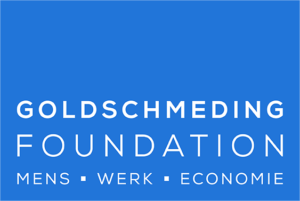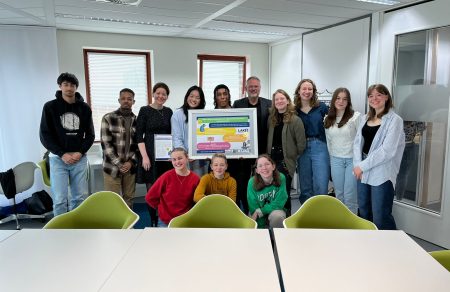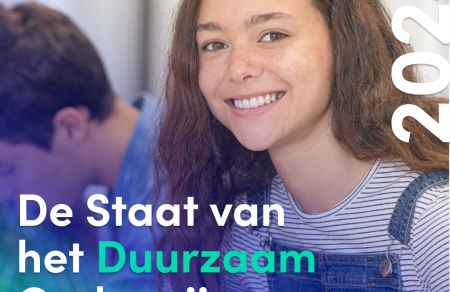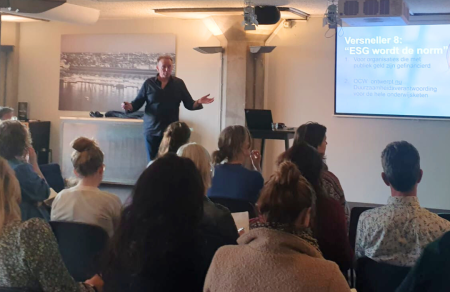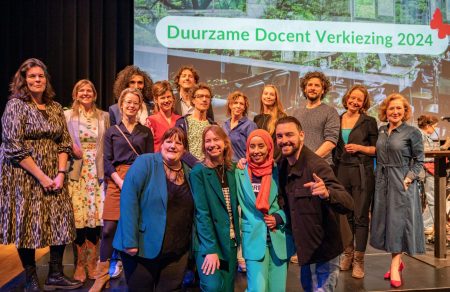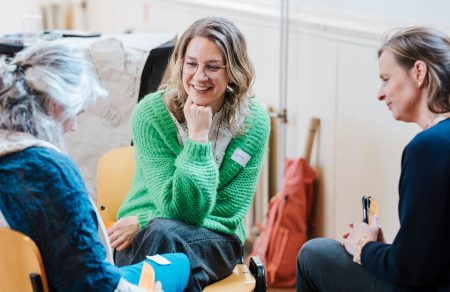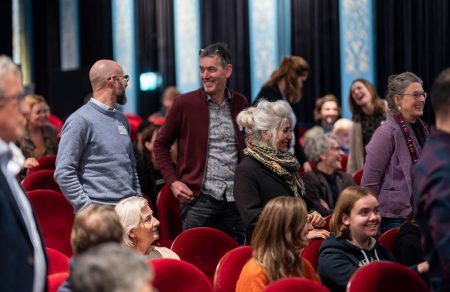The ideal employee
Jan Willem did the pilot in his program on employability and in his program on labor market inclusion. In it, he reflected with students on what human images they implicitly look at their own profession with. "My class started with the question, 'What is the ideal employee in a commercial context?' The things students then mention, for example, are: results-oriented, efficient, heart for the business and passion. These are somewhat more commercial concepts that focus on that employees need to do a certain task. The purpose of the organization is central to this."
"Then I went through the Homo florens thinking went: you can also see a human being as a relational being that is not only focused on self-utility maximization. At the end of the lesson, I asked the question about the ideal employee again and then the students mentioned other competencies, such as being able to cooperate, empathy, an eye for the other, self-esteem and self-knowledge."
Dialogical approach
Discussing the students' views, Jan Willem did so dialogically: "We talked and discussed with the focus: How do you look at your profession? Put that into words. At the end of the program, the students wrote a vision note about how they currently view their profession. We started a conversation about that and then we gave them the notion of the human view Homo florens submitted to see how they look at that. It was a first experiment, it was a lot of fun to work with that."
Evoking good questions
The goal of this pilot is not to convince students of one of the human images but to get them to think about their implicit thinking: "There are students who think, 'People shouldn't whine but just work hard,' or 'I don't care if work comes at the expense of social structure and ecology.' That's fine with me! You can have a conversation about that. After all, if you really only see man as a rational being, you have to be able to deal with the critical questions that that raises in the 21st century. In addition, there is another category of students who think 'Okay, how do I deal with people more relationally? What should I do? Making human images explicit raises good questions."
Challenges in teaching practice
Jan Willem found it a challenge that students are not always aware of the concept of the human condition. "I just flattened it by saying that everyone has implicit expectations of others and from that comes an explicit norm. Where does that come from? Then you have a nice entry point to talk about that with students in the context of work."
In addition, according to Jan Willem, a challenge for the teacher is to get the students to think for themselves: "And that you don't preach. You shouldn't say 'Homo florens is the future, otherwise we all have a big problem.' That requires some nimbleness from teachers to be able to deal with the question and really engage with it dialogically. Creating forms of work that leave room for interpretation in the process is really fun. Of course, I am facilitating the learning process, but I am also learning myself."
The relational in training
According to Jan Willem, this learning process is an important part of the training: "The human view Homo florens offers the opportunity to include in training how humans interact with nature. We are concerned with the importance of healthy, sustainable cooperation, the importance of having an eye for the other person but also having an eye for the interest of the organization. These questions are also quite topical in the field. We all know that the paradigms we are in now, such as Homo economicus, don't quite fit this stage of social development so what are we going to do? I think it's an interesting development and I'm curious to see where it goes."
Would you like to think along with Jan Willem and the other participants of the knowledge network how to make human images discussable in HEO? Send an email to Peter Luiten at peter@lerenvoormorgen.org and hear more about the possibilities.
